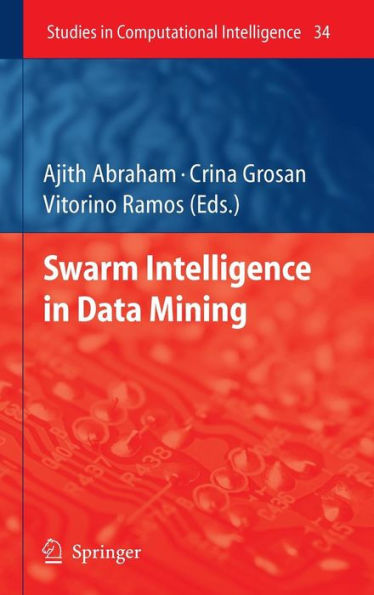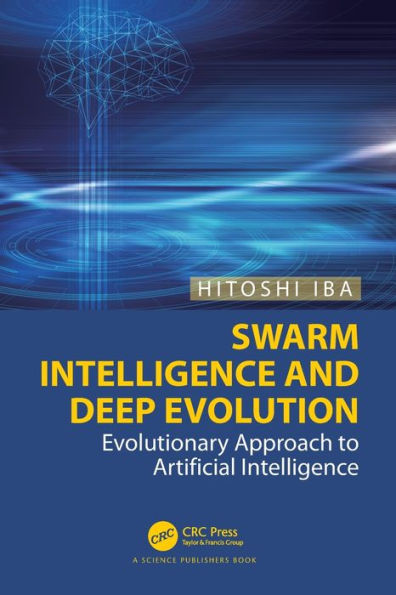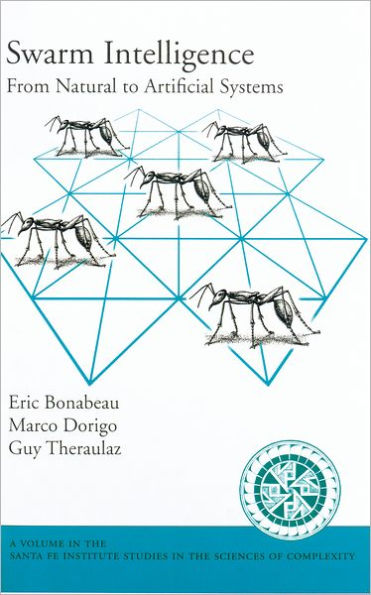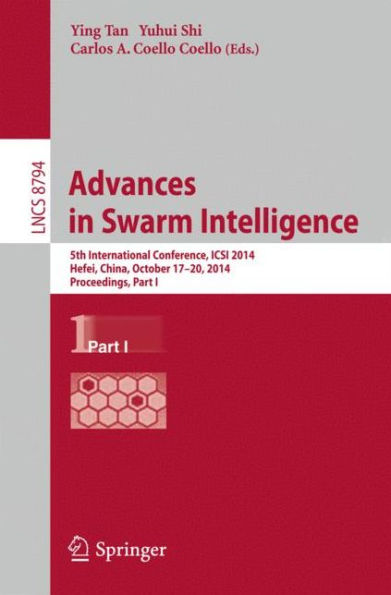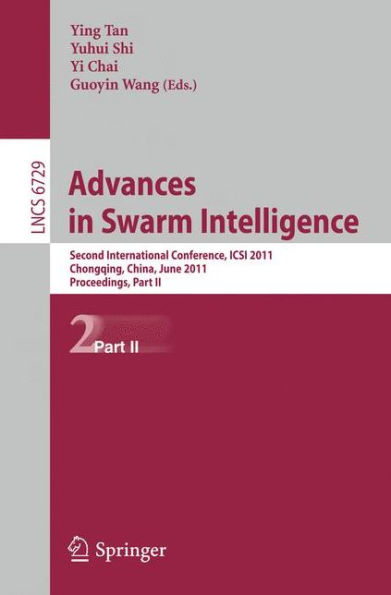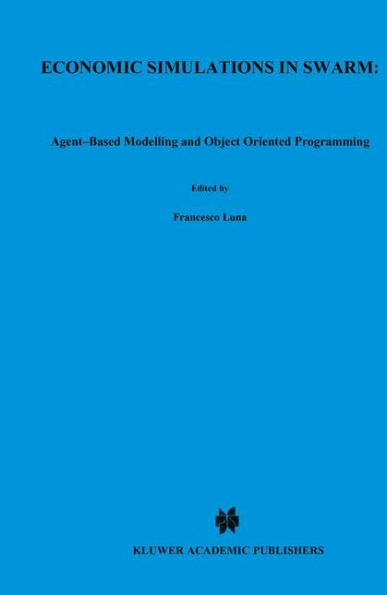Home
Physicomimetics: Physics-Based Swarm Intelligence
Loading Inventory...
Barnes and Noble
Physicomimetics: Physics-Based Swarm Intelligence
Current price: $109.99
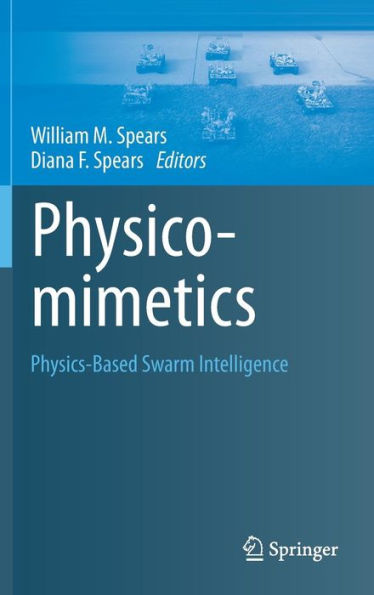

Barnes and Noble
Physicomimetics: Physics-Based Swarm Intelligence
Current price: $109.99
Loading Inventory...
Size: OS
*Product Information may vary - to confirm product availability, pricing, and additional information please contact Barnes and Noble
Standard approaches to understanding swarms rely on inspiration from biology and are generally covered by the term “biomimetic”. This book focusses on a different, complementary inspiration, namely physics. The editors have introduced the term "physicomimetics" to refer to physics-based swarm approaches, which offer two advantages: they capture the notion that “nature is lazy”, meaning that physical systems always perform the minimal amount of work necessary, an especially important advantage in swarm robotics; and physics is the most predictive science, reducing complex systems to simple concepts and equations that codify emergent behavior and help us to design and understand swarms.
This book consolidates over a decade of work on swarm intelligence and swarm robotics and contains __ chapters organized as follows: Part I introduces the concept of swarms and offers the reader a physics tutorial; Part II deals with applications of physicomimetics, in order of increased complexity; Part III examines the hardware requirements of the presented algorithms; Part IV demonstrates how the theory can be used to design swarms from first principles and provides a novel algorithm that handles changing environments; finally, Part V shows that physicomimetics can be used for function optimization, moving the reader from issues of swarm robotics to swarm intelligence. The book ends with a comprehensive index and bibliography, and a supporting website offers supplementary material, including simulation code, simulation videos, and videos of working robots.
This book consolidates over a decade of work on swarm intelligence and swarm robotics and contains __ chapters organized as follows: Part I introduces the concept of swarms and offers the reader a physics tutorial; Part II deals with applications of physicomimetics, in order of increased complexity; Part III examines the hardware requirements of the presented algorithms; Part IV demonstrates how the theory can be used to design swarms from first principles and provides a novel algorithm that handles changing environments; finally, Part V shows that physicomimetics can be used for function optimization, moving the reader from issues of swarm robotics to swarm intelligence. The book ends with a comprehensive index and bibliography, and a supporting website offers supplementary material, including simulation code, simulation videos, and videos of working robots.
